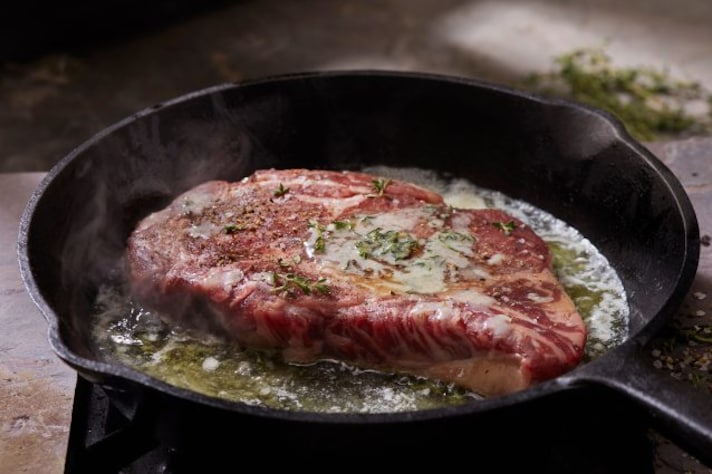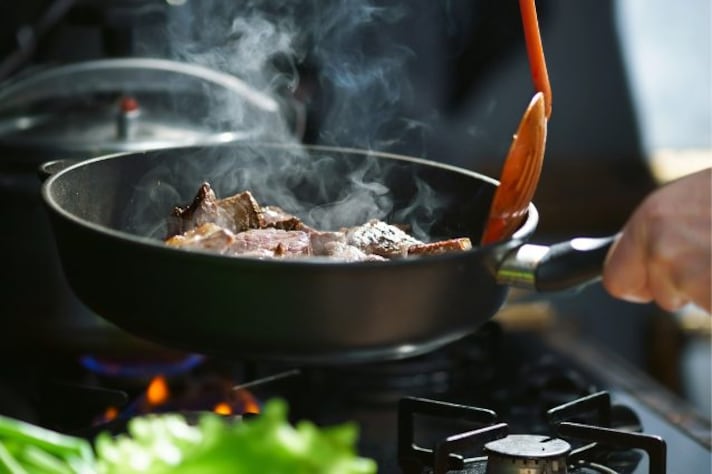
When cooking meat, we sometimes end up with pieces of undefined colored stuff that's tough or tastes like nothing. What's the secret to achieving that perfect steakhouse result in our own homes? Well, there are a few tricks up the sleeve, but let’s start with a step you should never skip: patting the meat dry.
The Importance of Patting Meat Dry
Patting meat dry is an essential step that many home cooks overlook, yet it can make a world of difference in the final result. Moisture on the surface of the meat creates steam when it hits the hot pan, which prevents the meat from searing properly. Instead of getting that delicious, caramelized crust, you end up with a gray, unappetizing exterior. Renowned chefs agree that “dry meat equals a better sear,” which translates to better flavor and texture.
Dry Meat Means a Better Taste, As Well
A dry surface on the meat allows for the Maillard reaction to occur efficiently. This chemical reaction between amino acids and reducing sugars gives browned foods their distinctive flavor. When the meat is dry, it can brown more evenly and develop a rich, savory crust that enhances the overall taste. The texture also benefits, as a good sear locks in juices, keeping the inside tender and moist while the outside is deliciously crispy.

Patting the Meat Dry Also Improves Seasoning Adhesion
Patting meat dry also ensures that your seasoning sticks better. If the meat is wet, the salt and spices can dissolve or run off, leading to uneven seasoning and bland spots. Dry meat, on the other hand, holds onto the seasoning, allowing the flavors to penetrate more effectively during cooking. This results in a more flavorful and evenly seasoned dish that can make the difference between a mediocre meal and a memorable one.
Patting Meat Dry Also Ensures Your Safety
Another practical reason to pat meat dry is to prevent oil splatter. Moisture causes hot oil to spit and splatter, which can not only make a mess but also pose a safety risk. Drying the meat helps to minimize this splattering, making the cooking process smoother and safer. It's a small step that can save you from potential burns and an oily kitchen.

How to Pat Meat Dry
Now that we understand why it’s important, let’s talk about how to pat meat dry. Take a few paper towels and gently press them against the surface of the meat to absorb the moisture. Be thorough but gentle; you want to remove as much moisture as possible without tearing the meat. Once patted dry, the meat is ready for seasoning. Sprinkle salt, pepper, and any other spices evenly over the surface, pressing them in lightly to ensure they adhere well.
After patting the meat dry and seasoning it, let it sit at room temperature for about 15-30 minutes before cooking. This step allows the meat to cook more evenly. If you’re planning to grill, sear, or roast the meat, ensure your cooking surface is properly preheated to achieve the best results. The dry, well-seasoned meat will now be primed to develop that coveted golden-brown crust, delivering flavors that are nothing short of restaurant-quality.
;Resize,width=767;)
